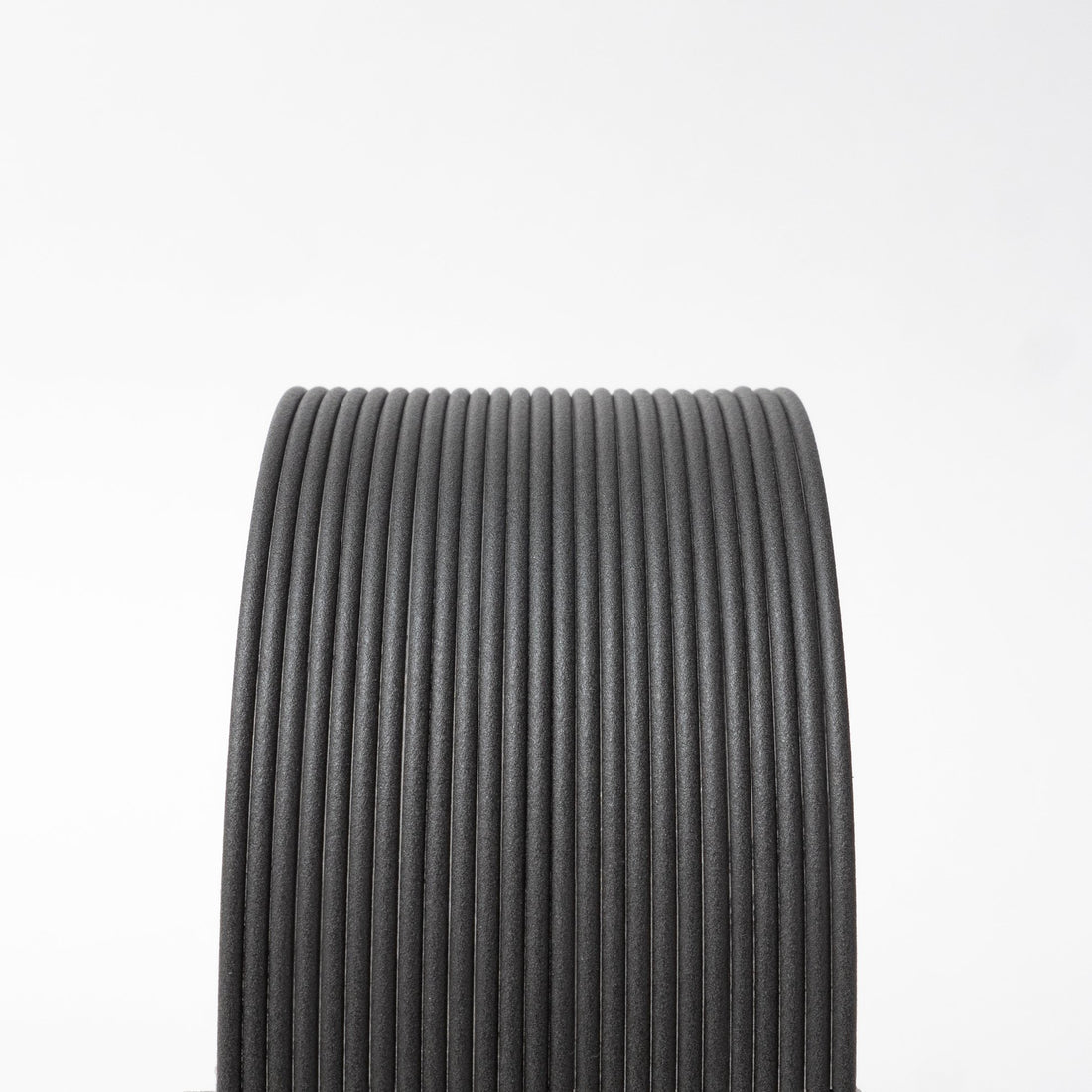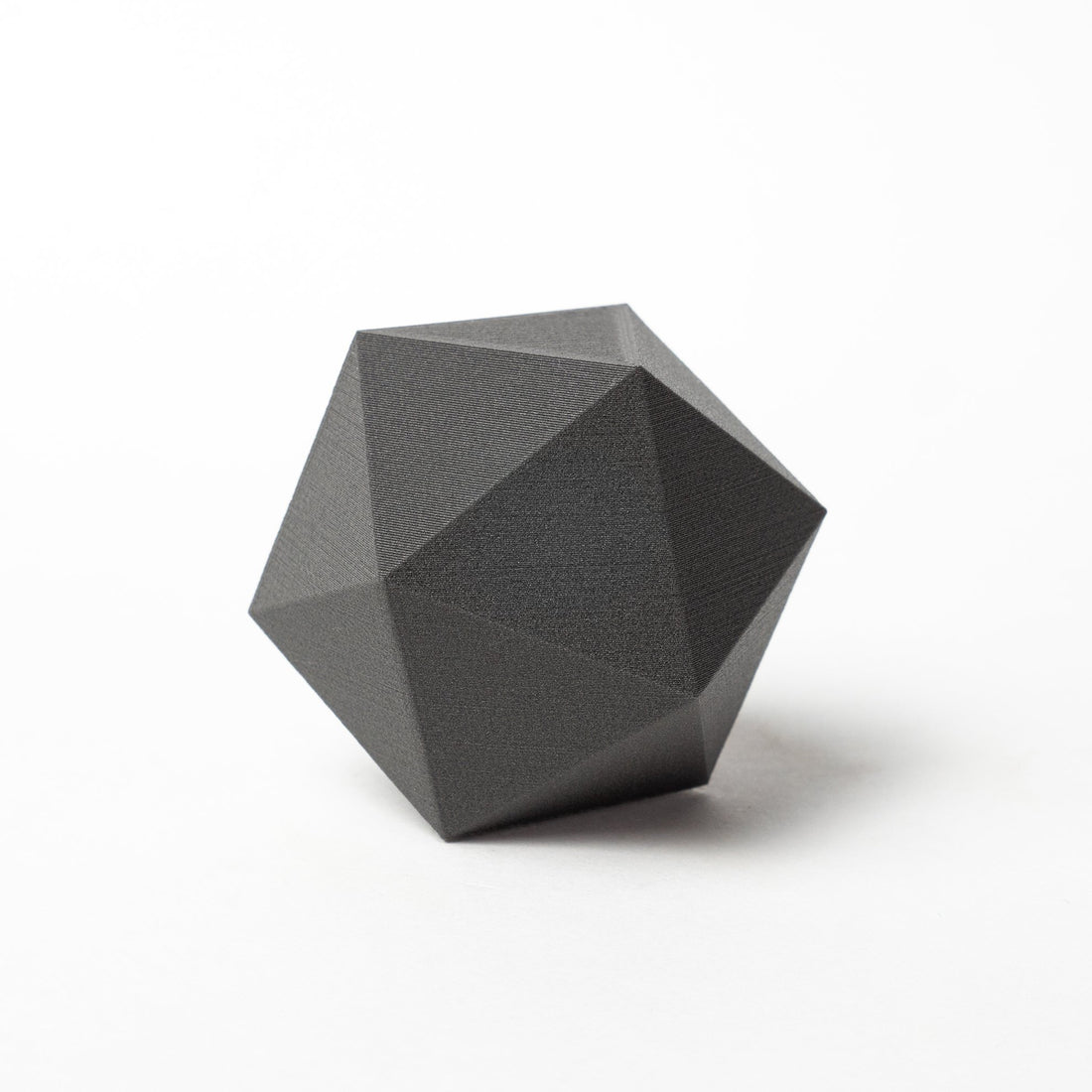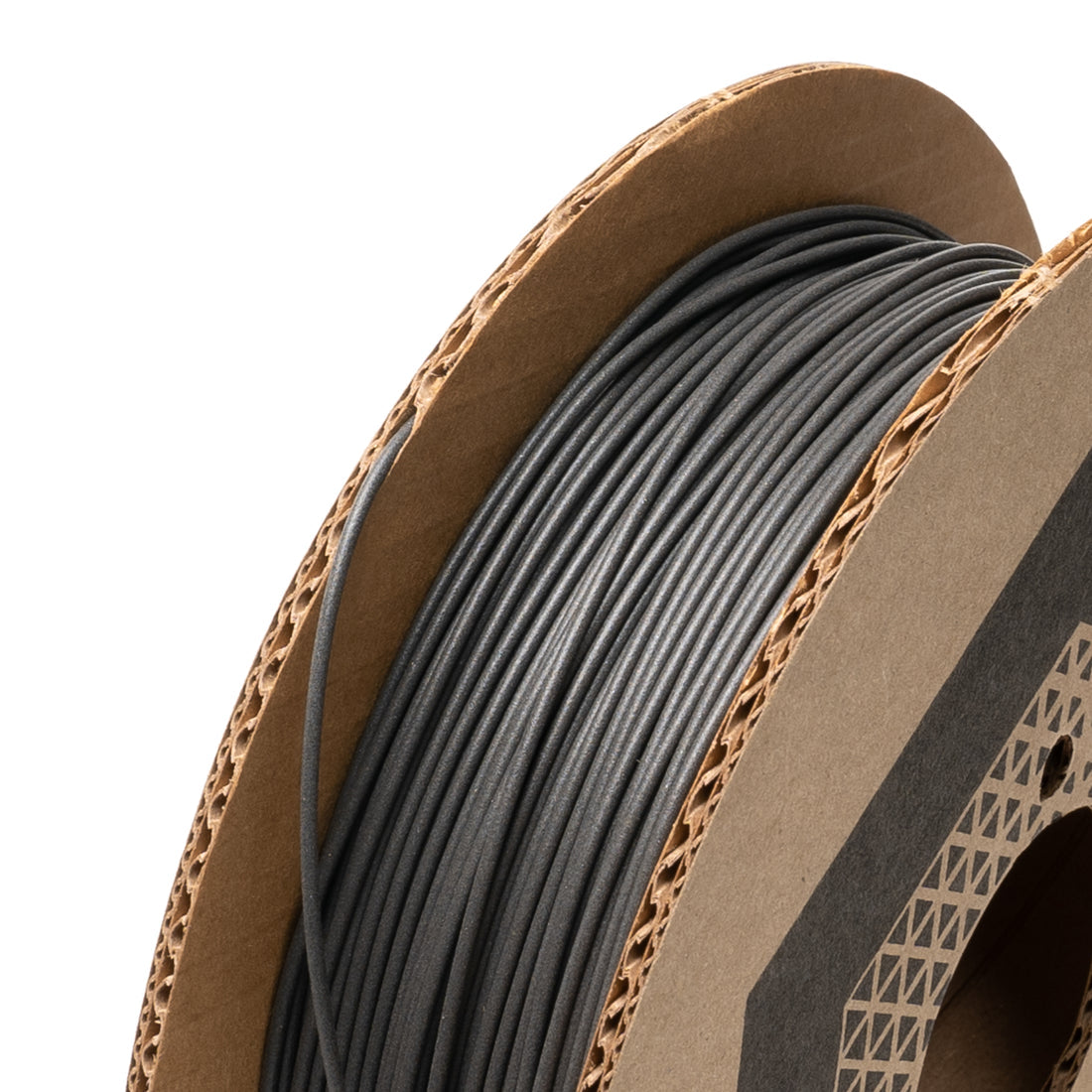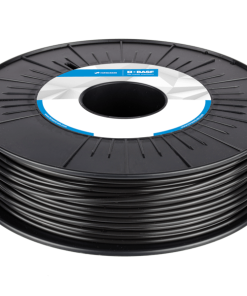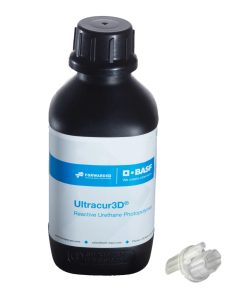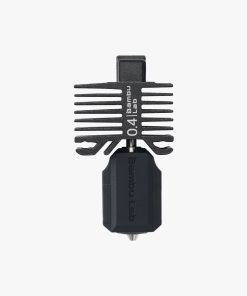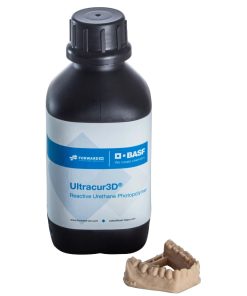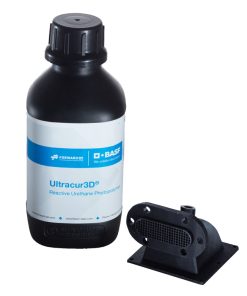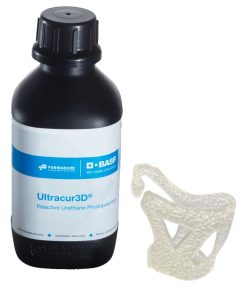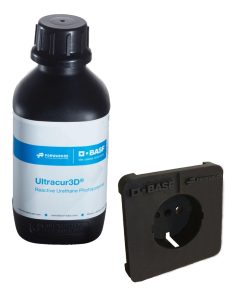Protopasta Metal Composite PLA – 1.75mm (500g) – Iron filled Protopasta
$ 49,99 $ 29,99
Protopasta Iron-filled Metal Composite PLA – 1.75mm (500g)
Iron Metal-Filled PLA Filament
Prints like PLA, behaves like metal! Experience our most “attractive” material yet!!!
Protopasta Rustable Magnetic Iron Metal PLA Composite is actually ferromagnetic. It responds to magnets and behaves similarly to pure iron! Encapsulated in plastic, the iron maintains a stable matte, cast metal finish as printed, but can be rusted when desired.

Prints like PLA, behaves like metal! Experience our ost “attractive” material yet!!!
Proto-pasta Rustable Magnetic Iron Metal PLA Composite is actually ferromagnetic. It responds to magnets and behaves similarly to pure iron! Encapsulated in plastic, the iron maintains a stable matte, cast metal finish as printed, but can be rusted when desired. Here is why Proto-pasta Iron PLA is so interesting:
- Weighted feel with 1.5x the density of standard PLA
- Rustable to create modern artifacts in a few easy steps – instruction here
- Attracts magnets (neodymium type recommended for strongest attraction)
- More thermally conductive than standard plastic
- Prints easily like PLA with less nozzle wear than Steel or Carbon Fiber
- More filament for your money – 2x the length of Bronzefill (500g Iron =1kg Bronzefill)
We recommend experimenting with creating a rusty patina like this:
**This filament is more abrasive than standard PLA. Be prepared to replace your nozzle and do 1st layer adjustment. Try a wear resistant and/or larger diameter nozzle for increased service intervals.
- Available in 1.75 & 2.85 (3) mm diameters.
- 125g are loose coils, 500g is on a 8″ diameter spool, 2kg is on a 12″ diameter spool.
- Usable on most PLA-compatible printers, such as Ultimaker, Lulzbot, Makerbot, FlashForge, and more!
In filament form, FEPLA is slightly more brittle than standard PLA, and requires extra care when handling.
Processing is comparable to standard PLA. No heated bed required. Process may be less consistent on smaller nozzles and/or bowden type machines. We frequently print using direct-drive systems with 0.4 mm nozzles, though prefer 0.6 mm and 190-210C (standard PLA or a bit cooler) for the best experience.
APPLICATIONS
Some application ideas include:
- Faux brick or stone
- Fixtures or hardware
- Knobs or buttons
- Heat sinks or exchangers
- Fine art & sculpture
- Emblems, signage, or trophies
- Jewelry, like pendants or bracelets
- Cosplay, game pieces, or figurines
MATERIAL DATA
- Base resin: PLA
- Additive: Real Iron Powder
- Particle size: less than 250 micron (0.25mm)
- Odor: low or no
- Density: Approx. 1.85 g/cc
- Length (500g): 97m (1.75mm) and 36m (2.85mm)
PRINTER SETTINGS
- Speed: 10-20 mm/s 1st layer, 20-80 mm/s rest of part
- Nozzle Set-point: 185-215C (hottest on 1st layer for best adhesion)
- Nozzle Actual: maintain set-point, reduce speed if less than
- Nozzle Type: Standard or wear resistant for extended use
- Nozzle Diameter: 0.6mm or larger preferred, 0.4mm okay with 0.25mm minimum for experts
- Layer thickness: 0.15-0.20mm recommended for a balance of quality, reliability, and productivity
- Bed Temperature: Room-60C (over 60C can worsen warp)
- Bed Preparation: Elmers purple disappearing glue stick or your other favorite PLA surface preparation
This material has been flow optimized and has less moisture uptake than standard PLAs, however composites are still sometimes more tricky to print depending on hardware and software settings. The main challenge is to keep mass flow up (larger nozzle + fast speed) and in a single direction (minimal retraction) to avoid heat soak.
Professional packing and fast shipping
Due to our longstanding partnership with UPS FedEx DHL and other major global carriers, we are able provide a range of shipping options. Our warehouse staff is highly trained to package your goods exactly as per the specifications we offer. Before shipping the goods are carefully inspected and secured. Everyday we deliver thousands of packages to customers from all over the world. This is a testament to our commitment to be the largest online retailer worldwide. The warehouses and centers for distribution are situated in Europe and the USA.
Orders with more than one item are given processing time for each item.
Before shipping, we will conduct a thorough inspection of the items you've ordered. Currently, most orders are shipped within 48-hours. Expected delivery time is between 3 and 7 days.
Returns
The stock is dynamic and we do not fully manage it because of the fact that multiple stakeholders are involved, including our factory and warehouse. The actual levels of stock can change at any moment. It's possible that the stock may run out after your order has been placed.
The policy is 30 days. If you haven't received the product within 30 days, we are not able to issue a refund or an exchange.
For your item to be returned, it must be unopened and in the same state as you received it in. It must also be in the original packaging.
Related products
3D Printer Accessories
3D Printer Resin
3D Printer Resin
3D Printer Resin
3D Printer Parts
3D Printer Parts
Bambu Lab Stainless Steel Extruder Unit – P1 Series Bambu Lab
3D Printer Parts
3D Printer Accessories
3D Printer Parts
Aluminum Vat With FEP Pre Installed – Phrozen Transform Fast PHROZEN
3D Printer Resin
3D Printer Parts
3D Printer Resin
3D Printer Resin
3D Printer Accessories
3D Printer Resin
3D Printer Accessories
3D Printer Parts
3D Printer Resin
3D Printer Parts
3D Printer Resin
3D Printer
3D Printer Resin
3D Printer Parts
3D Printer Resin
3D Printer Resin
3D Printer Parts
3D Printer Resin
3D Printer Resin

